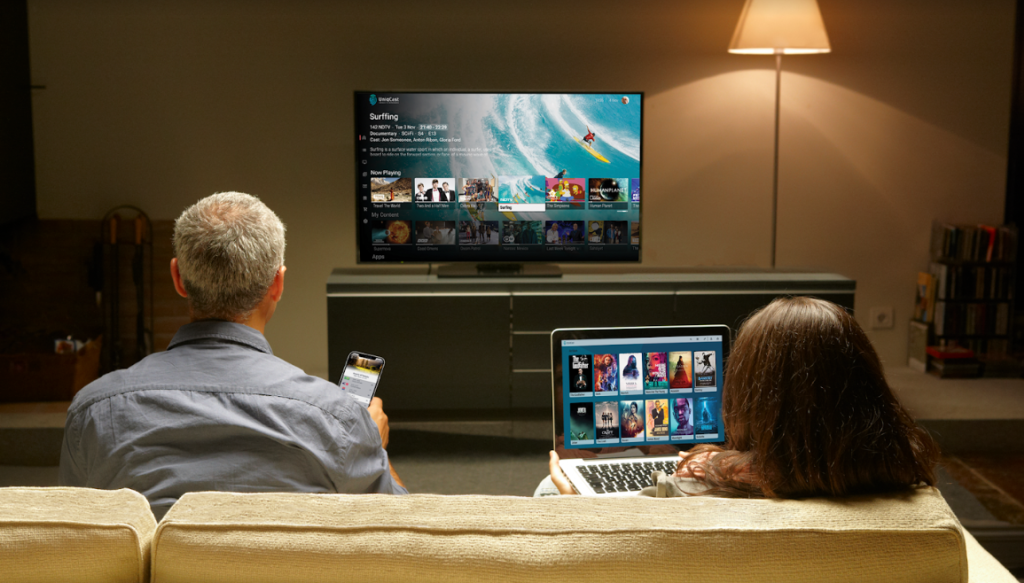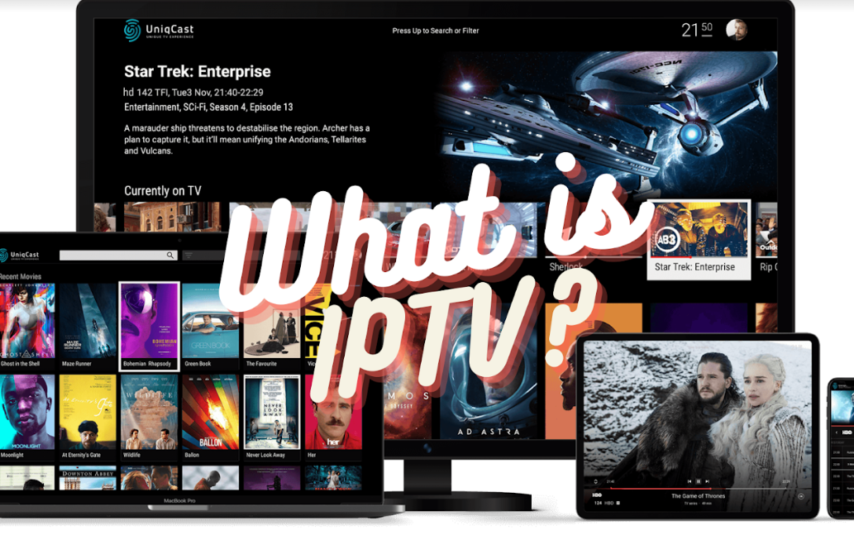IPTV stands for Internet Protocol Television. It means television that is transported over an IP network. IPTV started in the beginning of the millennium and it was the first type of TV service that is today known as video streaming.
How Did IPTV Platforms Emerged?
It all started with transition to All IP networks in the Telecom domain. With expansion of Internet and IP core networks, operators started looking for new services to be transported over the IP network. Telephony and TV were the obvious choice and this was a start of the so called 3P – triple play offering that is today a commodity in almost every home.
Technically, IPTV is any video streaming that is transported within the managed network of the operator. Terms can differ between different companies, however. Main property of IPTV is the use of multicast for transporting the Linear TV channels within the IP network. In this way, bandwidth in the core or access network is preserved as multicast transport video to only those users or STB devices that joined to a specific channel and it does not duplicate it within the same part of the network, as long as IP network equipment supports multicast protocol.

Beginning Of The New IP Protocol
For Video on demand and Catchup TV services, an additional protocol called RTSP – Real Time Stream Protocol is used that controls playout and trick-play actions from the end user device toward the streaming server and it works in unicast mode. Traditional IPTV would use RTSP protocol and corresponding VOD servers, but today it is more common to use multicast for live TV channels and HLS for VOD or Catch Up TV in the IPTV solutions.
For the whole IPTV service to work there are different building blocks required. First there is video headend that includes satellite dishes and receivers to get video signal from the satellite and convert it in IP and encoders that compress these signals to lower and constant bit rate. Output of the video headend are multicast streams for the defined channel lineup.
Digital Rights Management – IPTV Streaming Encryption
When you have premium Linear TV channels, content providers / studios require operators to encrypt these channels. This is done on the system called DRM – Digital Rights Management system that takes an unencrypted stream on the input and encrypts it with a special key. Output from the DRM is an encrypted multicast stream that can be transported over an IP network to the end users.
What Do End Users Need To Watch Multicast Streams?
End user, to be able to watch such multicast streams, require a special device, called STB – Set-Top-Box, that is installed in each home, connected to the IPTV network. STB receives a multicast stream, decrypts it with the proper key received from the DRM, decodes the stream and forwards it to the HDMI interface / cable connected to the TV. In order to control TV service, there should also be a user interface that allows end users to switch channels, record a program, watch Catch Up TV or VOD content, access TV Guide and set their favorite channels. This is done by an application that is installed on the STB providing UI and all these functions and communicating with the MW or CMS platform in the backend that has all information about subscribers, content and other business logic.
The Real Definition Of IPTV Platforms
So, what is the IPTV platform? Somebody will call the full IPTV solution as a platform, but most commonly, IPTV platform is called a MW or CMS platform including the client applications that can support IPTV scenarios as described in this article. Today, a modern platform will have support for IPTV, OTT and DVB subscribers and enables operators to control all the services from one central platform.








